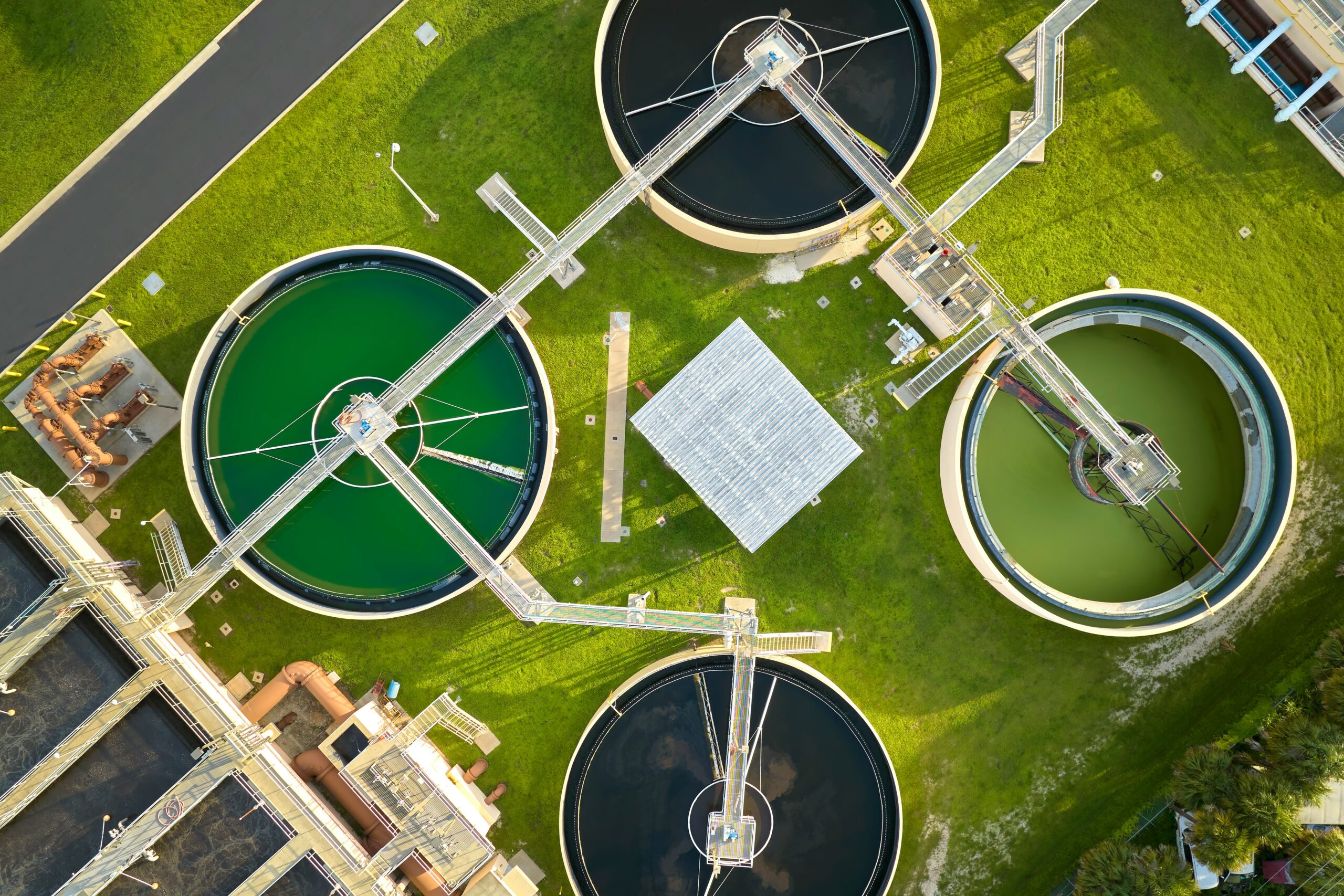
Water is essential to life, yet it can harbor dangers if not properly treated. Water treatment is crucial in safeguarding public health by removing harmful contaminants and ensuring our water is clean and safe. By understanding how water treatment works and its significance, we can appreciate its vital role in maintaining our health and well-being.
The Importance of Clean Water for Public Health
Access to clean water is fundamental to preventing the spread of waterborne diseases. Without proper treatment, water sources can become contaminated with bacteria, viruses, and parasites, leading to serious illnesses. Many infectious diseases, including cholera, dysentery, and typhoid, have historically caused devastating outbreaks due to unsafe drinking water. Therefore, treating water before it reaches households is essential in breaking the chain of infection and protecting communities.
Moreover, clean water supports overall health beyond just disease prevention. When water contains pollutants such as heavy metals, chemicals, or toxins, it can cause long-term health issues, including neurological disorders and developmental problems in children. Water treatment eliminates these hazards, making water safe for everyday use. Consequently, this process contributes directly to healthier populations and reduces the burden on healthcare systems.
How Water Treatment Removes Harmful Contaminants
Water treatment combines physical, chemical, and biological methods to remove impurities. Initially, large debris and sediments are filtered out to clarify the water. This step ensures that the subsequent processes operate more effectively. Chemicals like chlorine or ozone are introduced to kill bacteria and viruses, disinfecting the water to eliminate pathogens that could cause illness.
Furthermore, advanced treatment stages address dissolved contaminants and invisible toxins to the naked eye. Techniques such as activated carbon filtration and reverse osmosis help reduce chemical pollutants and heavy metals. These steps are crucial because certain harmful substances can persist in untreated water and pose serious risks even at low concentrations. The various treatment methods work synergistically to provide water that meets safety standards.
Ensuring Safe Water in Urban and Rural Areas
Urban water treatment facilities typically have sophisticated infrastructure that enables efficient purification and monitoring. These plants operate continuously to provide millions of people with treated water daily. Operators conduct regular testing to ensure water quality meets regulatory standards and adjust treatment processes as necessary. Such vigilance prevents contamination events and maintains consumer confidence in tap water.
In rural or remote areas, delivering safe water presents unique challenges. Limited resources and infrastructure can hinder the implementation of conventional treatment systems. However, innovative solutions such as portable filtration units and community-based treatment initiatives have improved access in these regions. These approaches empower local populations to manage their water safety, reducing disease risk and improving quality of life even in less accessible locations.
The Role of Regulations and Technology in Water Safety
Government regulations set strict guidelines for water quality to protect public health. Agencies monitor water suppliers and enforce compliance with standards designed to limit contaminants. This regulatory oversight ensures that water treatment plants maintain rigorous practices and that deviations are quickly corrected. Public transparency about water quality also encourages accountability and trust.
Meanwhile, technology continues to advance water treatment capabilities. Emerging innovations such as real-time water quality sensors and enhanced purification methods improve the efficiency and effectiveness of treatment. These technologies help detect contamination sooner and provide more reliable water safety assurance. As water challenges evolve due to population growth and environmental pressures, adopting new technologies becomes critical to maintaining clean and safe water supplies.
Water Treatment and Environmental Protection
Water treatment also benefits the environment by reducing pollution in natural water bodies. Properly treated wastewater and runoff prevent harmful substances from entering rivers, lakes, and oceans. This helps protect aquatic ecosystems and preserves biodiversity. In addition, many treatment plants now incorporate sustainable practices such as water recycling and energy-efficient operations, lessening their environmental impact.
Protecting the environment and human health are closely linked to water. By treating water responsibly, communities ensure that future generations can access clean water sources. This stewardship fosters resilience against climate change effects and safeguards essential natural resources. Thus, water treatment is vital in promoting public health and environmental sustainability.
The Lifeline of Clean Water Treatment
In summary, water treatment is a fundamental process that keeps us safe and healthy by removing harmful contaminants from our water supply. It prevents disease, eliminates toxins, and supports well-being and environmental health. Through effective treatment methods, robust regulation, and advancing technology, communities worldwide can rely on safe water every day.
As populations grow and environmental challenges increase, maintaining and improving water treatment systems becomes even more critical. By investing in these essential services and promoting awareness of water safety, we protect not only our health but also the future of our planet. Clean water is the lifeline that sustains life, and water treatment is the key to keeping that lifeline strong.